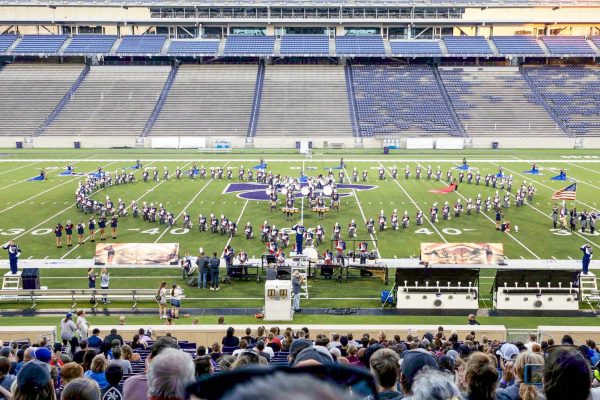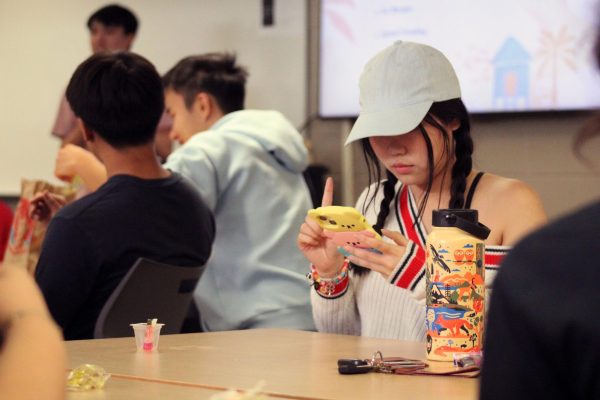KSU field trip sparks Science Explorers’ interest
Much like its name implies, the Science Explorers Club is always on the lookout for opportunities to expose themselves to the vast and compelling scientific fields present in our world. They took part in one such opportunity last Thursday with a field trip to Kansas State University’s Biology Department.
The club members visited with four KSU professors and gained new insights from the unique points of view that these experts offered in their respective fields. They also became aware of the types of projects the university is currently involved with regarding biology and ecology.
“I think a lot of people see things like fish and plants to be kind of boring,” sophomore Carson Gido said. “But when you begin to study their physiology and the role they play in their environments, to me, they become very interesting, which is what we saw on the trip.”
The trip as a whole was a hands-on experience where the students were able to see the atmosphere of the university’s biology department up close. They viewed plant specimens that are decades old, learned how to determine the age of a fish by observing the rings on its bones and learned about water transport in plants.
According to sophomore Emily Vance, going to the biology department proved to be a valuable learning experience regardless of whether someone wants to pursue a future in these fields. For other members, learning about ecology’s prominence in a real-world setting sparked long-lasting interest in the subject.
“I’d like to go into ecology in college, and same with a few others in the club as well,” Gido said.
Other important aspects of the experience for many members include the first-hand exposure to what a job in biology entails, the contributions scientists make to the modern world and how information on both the past and the future can find its roots in biology and science.
“I think it was really interesting to see how these types of jobs are so important,” Vance said. “Because in the future we can look back and see what our world was like as far as plants and animals go.”



